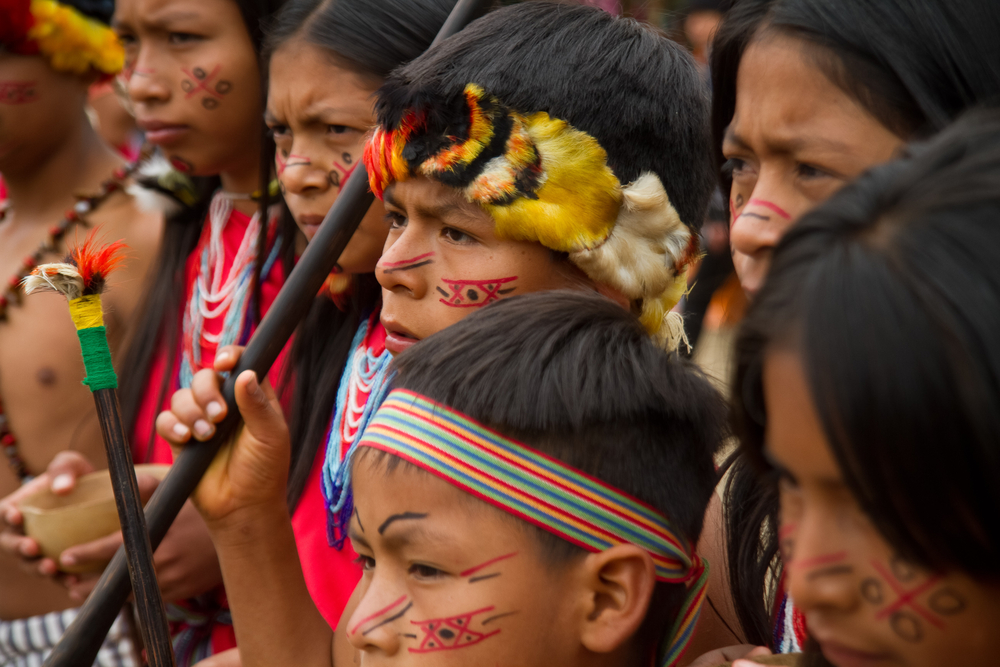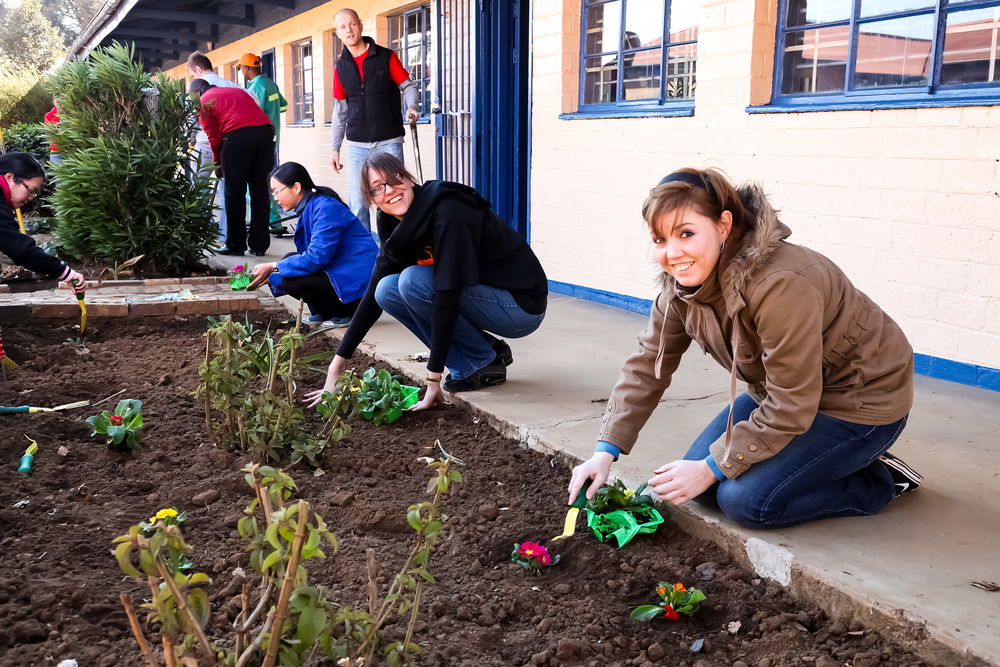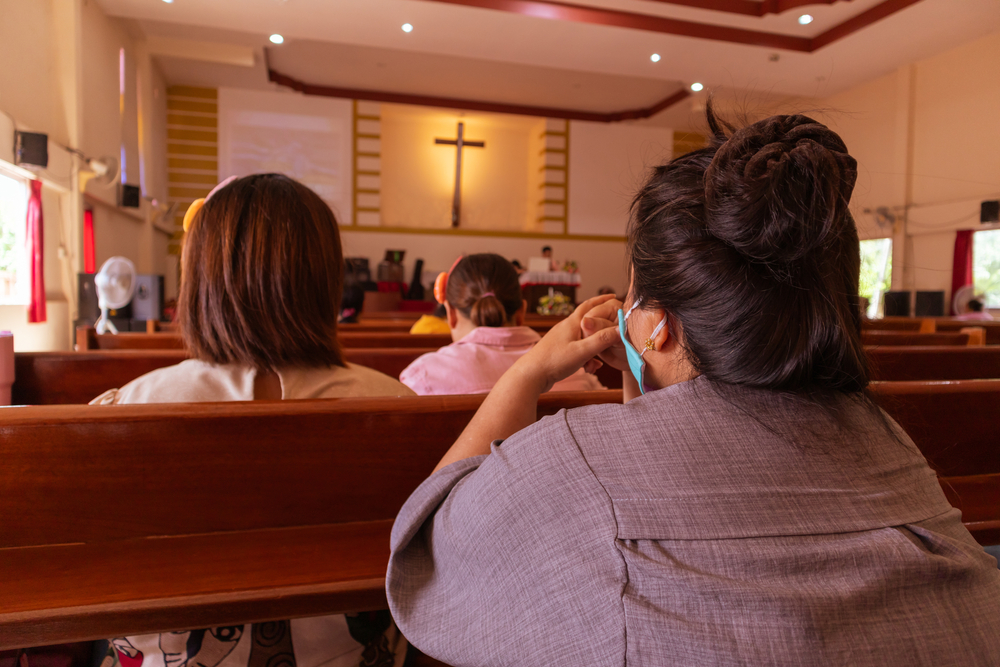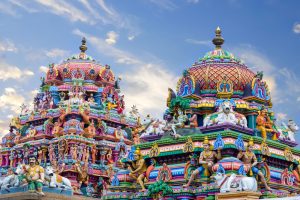A society is a group of people who live close together and share common interests, culture, religion, and sometimes a common ancestry.
The five components of society include population, culture, material products, social institutions, and social organization.
Let’s delve deeper into the basic building blocks of a society and how each contributes to the progress and the adhesion of the whole society.
Table of Contents
1. Population

Population deals with numbers. It refers to a total sum of the people in a certain geographical region, say town, city, state, country, continent, or even the whole world.
The population is the number of individuals co-existing together under certain circumstances and organizations.
In the modern world, the population is largely defined by politics. Governments quantify the number of resident populations living under their influence through data collection, analysis, compilation, and data publishing.
In sociology, the population is defined as a group of people with common predefined characteristics such as ethnicity, race, location, nationality, or religion.
You belong to a certain population depending on which side of the state you live in, the religion you subscribe to, your attire, and even your cuisine.
The population is basically the foundation of society because, without a collection of human beings, the other four components cannot be realized.
You have to bring people together and gauge their similarities based on their likes, dislikes, geographical region, and even faith.
Each continent has a certain number of countries. Each country has various religions, races, tribes, and even subtribes.
These people come together to form the basic structure of society, depending on their socialization.
Every infant born is socialized differently depending on their surroundings, social class, and other factors the parents have in common with other people.
Without a population, there is no society because a lack of people means no socialization and no common characteristics that make us so different and unique.
2. Culture

Culture is a way of life that a whole society ascribes to, including rituals, art, attire, food, language, religion, art, and codes of behavior.
People who have common interests, a common way of life, and reside close together form a culture.
Culture is a shared way of life that includes beliefs, arts, institutions, and other ways of life passed down through generations.
English borrowed the word culture from the French, who assimilated the Latin word “colere,” meaning to cultivate, nurture or tend to something growing from the earth.
The word shares an etymology with other terms that mean actively fostering growth.
By extension, culture means circumstances under which babies are nurtured to acquire physical and non-physical characteristics as adults.
Countries like Italy, India, Russia, and China are popular cultural destinations for many tourists.
People love seeing how other people live, organize themselves, and perform other functions essential to life.
Indians, for example, have a unique culture. They have a religion with the worship of many gods, which dictates most other societal functions.
They have a social caste system, love spiced foods, have several languages, and have a common mode of dressing.
Culture is the fabric that holds society together.
3. Material Products

Material products are indispensable to culture. They refer to objects or physical belongings of a population, which include various tangible items.
Anything you can touch, see, or feel is potentially a cultural material product. Photographs, artwork, gardens, religious symbols, weapons, and even cuisine can be part of the culture.
It is funny to think that even electronic devices have become material products of modern culture.
Some theorists even argue that regions, physical surroundings, and geographical surroundings of entire cities are part of material culture.
Basic human gestures, for example, dance, can also be categorized as part of material products because they have a physical form and shape.
Spaces, resources, and physical objects that people use to explain their culture are material products. Examples include:
- Synagogues
- Schools
- Churches
- Factories
- Tools weapons
- Neighborhoods
- Stores
- Offices
- Mosques
- Temples
All these items help identify or define the perceptions and behaviors of that particular society.
For example, technology is an integral part of material products in many countries, including the USA.
It is now becoming increasingly difficult to survive without basic technological skills in most societies.
Means of Production

A society needs a means of production to create material goods. For example, youth in the native Amazon societies have to learn to make weapons for hunting.
Other native societies had mortar and pestle to grind grains for various cuisines. Modern societies have factories to produce almost every item of material culture, such as clothing, food, and other day-to-day items.
Importance of Material Products
Material products are the identification symbols for the respective societies. Material products give insight and appreciation of society’s intricate and complex lives.
When you see certain items, your mind automatically jumps to certain persons, for example, New Yorkers or Alaskans.
Material products also provide an insight into the non-material aspects of that particular culture, such as the values, habitats, beliefs, and ideas of a people.
Objects often start as just physical items but acquire symbolic meaning with time. For example, the sickle and the union of hammers on the Russian flag represent the victories and enduring alliance of the workers and the peasants.
4. Social Institutions
Social institutions are groups or social positions linked by social relations to perform specific societal roles.
In a narrow sense, social institutions are social groups whose members have common characteristics such as age and marital status.

To belong to a society, you should at least fit in one category under various stages of life.
As a child, you learn to identify with certain institutions or earn a position in traditional societies.
For example, when a child is born, they stay with their mothers until they are old enough to learn societal roles.
Once you identify as a male or female, your social roles and place in societal institutions become clearer.
The contemporary society has fewer and more unclear social institutions than traditional societies.
Here are examples of social institutions:
The Peer Group
Traditionally, this institution was made up of agemates, meaning they had close age gaps. Certain things had to be fulfilled before being accepted into these positions.
For example, in African traditional societies, one had to get to puberty and undergo circumcision.
Nowadays, peer groups are defined by age, music, dressing, financial capabilities, and even the school one attends.
The peer group isn’t for the youths only, and there are various groups as one grows older. They dictate your code of behavior, dressing, manners, speech, and even life ambitions.
Peer groups also give the members a sense of life direction so that they don’t get lost in the intricacies of society and life in general.
Marriage

This is a social institution whose members must have attained an adult age and should be financially stable.
Traditionally, it is a social institution where a man and a woman unite and live together for procreation.
For most world societies, marriage was a must, and failure to marry made you a social outcast.
Often, the marriage institution is closely tied to religion, with marriages happening in religious spaces such as churches and temples.
It is the first step towards another key social institution known as the family.
The idea of marriage has evolved over the years to mean something else. For example, it is now acceptable in contemporary society to marry a person of the same gender, which was a taboo previously.
Furthermore, marriage isn’t only for procreation and family building but also for fun and companionship.
Marriage through procreation ensures that there is always a population without which there would be no societies.
The Family
Most of us think of the nuclear family whenever the word “family” is mentioned. A family is a social institution composed of people related by blood or marriage.
Often, it is made up of a father, mother, and children. Sometimes, the family can extend to other people such as grandparents, uncles and aunts, and in-laws.
Its main importance is to nurture the children from the marriage into responsible members of society.
It plays a major socialization role because the children first learn how to associate with people in a family.
The young population gets nourishment and protection from family members until they can fend for themselves.
5. Social Organization

Sociology defines a social organization as a string of relationships between social groups and individual members of society. Features of the social organization include:
- Communication systems
- Labor divisions
- Sexual composition
- Spatial and temporal cohesion
- Leadership structure
Social organization refers to the order that holds the societal fabric together. The population must be controlled to behave in a certain manner for order and productivity to manifest in every society.
Therefore, social organization refers to the rules, bodies, and other establishments that control societal functions and how individuals relate to and with each other.
And because of these elements of social organization, the population can monitor their everyday work and involvement in other forms of controlled human interaction such as:
- Recorded control
- Affliction
- Substitutability of individuals
These controlled human interactions make up the common elements of social institutions such as enterprises, clubs, families, businesses, and others.
Forms of Social Organization
Social organization can manifest in different forms depending on different circumstances and social institutions.
For example, the extended family can influence and control the entire family structure’s resources, behaviors, and decisions.

Secondly, companies, enterprises, and corporations are forms of social organization in the business sphere.
And schools, universities, and colleges are forms of social control in the educational context.
Experts only recognize these five major manifestations of social control that have persisted at various points in several forms throughout civilization:
Government
While government as we know it is a pretty recent invention, there have been different forms of government for as long as humans have been around.
Since man discovered farming and animal domestication, life became more settled, and humans turned their attention to other things apart from survival.
First were councils of elders, then came monarchies, and finally democracies. Governments ensure law and order, fair distribution of resources, economic growth, and protection of their people.
Religion
People must believe in a higher omniscient and omnipresent divine being and follow a lifestyle that matches their beliefs.
Man has always had a desire to worship a higher power which led to the growth of many religions worldwide.
As a result, churches, temples, shrines, and religious leaders have risen to control the social organization of worship.

Education
Education as we know it is a relatively recent invention. Traditionally, people could be sent to live with experts in certain fields, such as military and metallurgy, and learn their craft.
Economy
The economy is another form of social organization that governs the sale and acquisition of essential goods and services.
Trade is one form of social control complete with currencies, measurements, and various rules and regulations.
Family
Lastly, the family ensures there is order and control among related people.

















